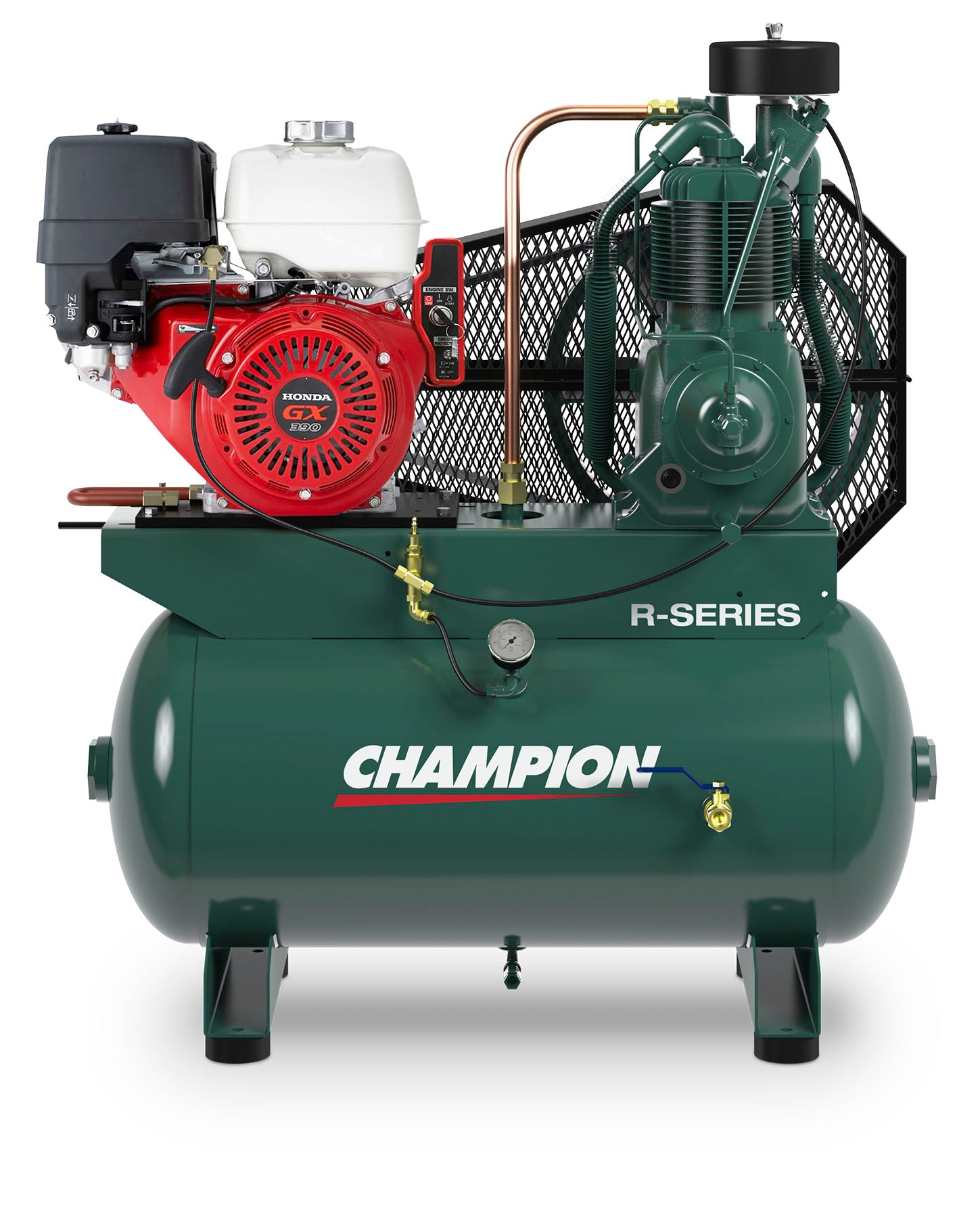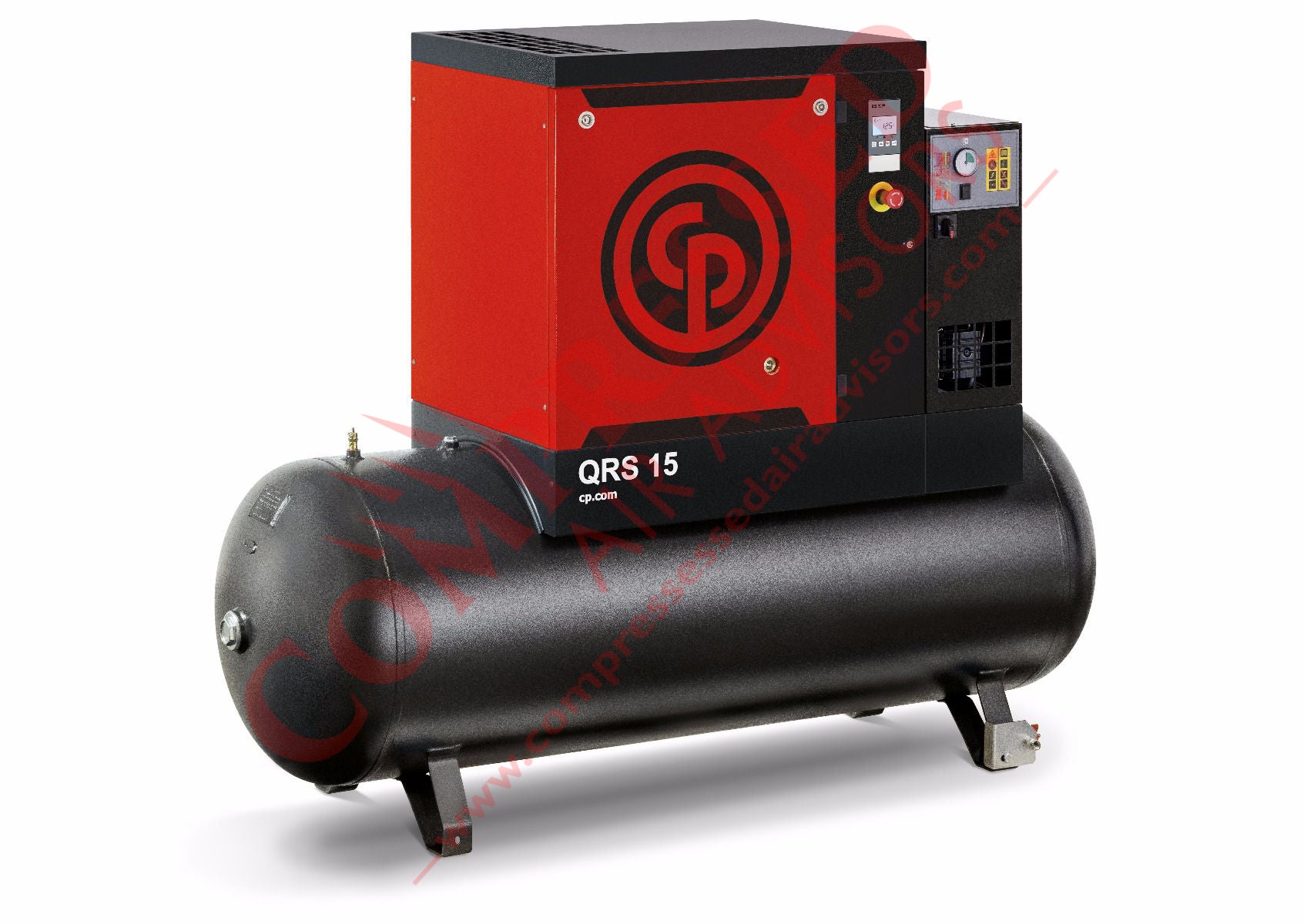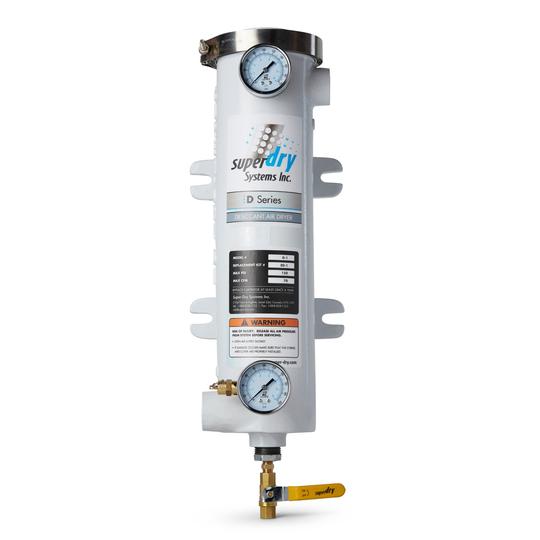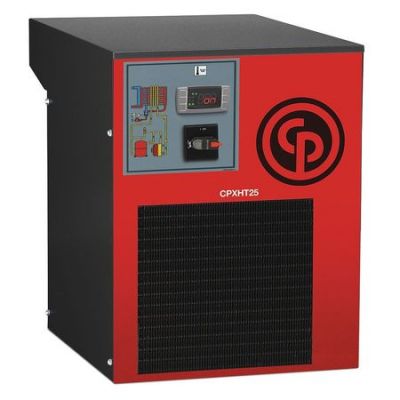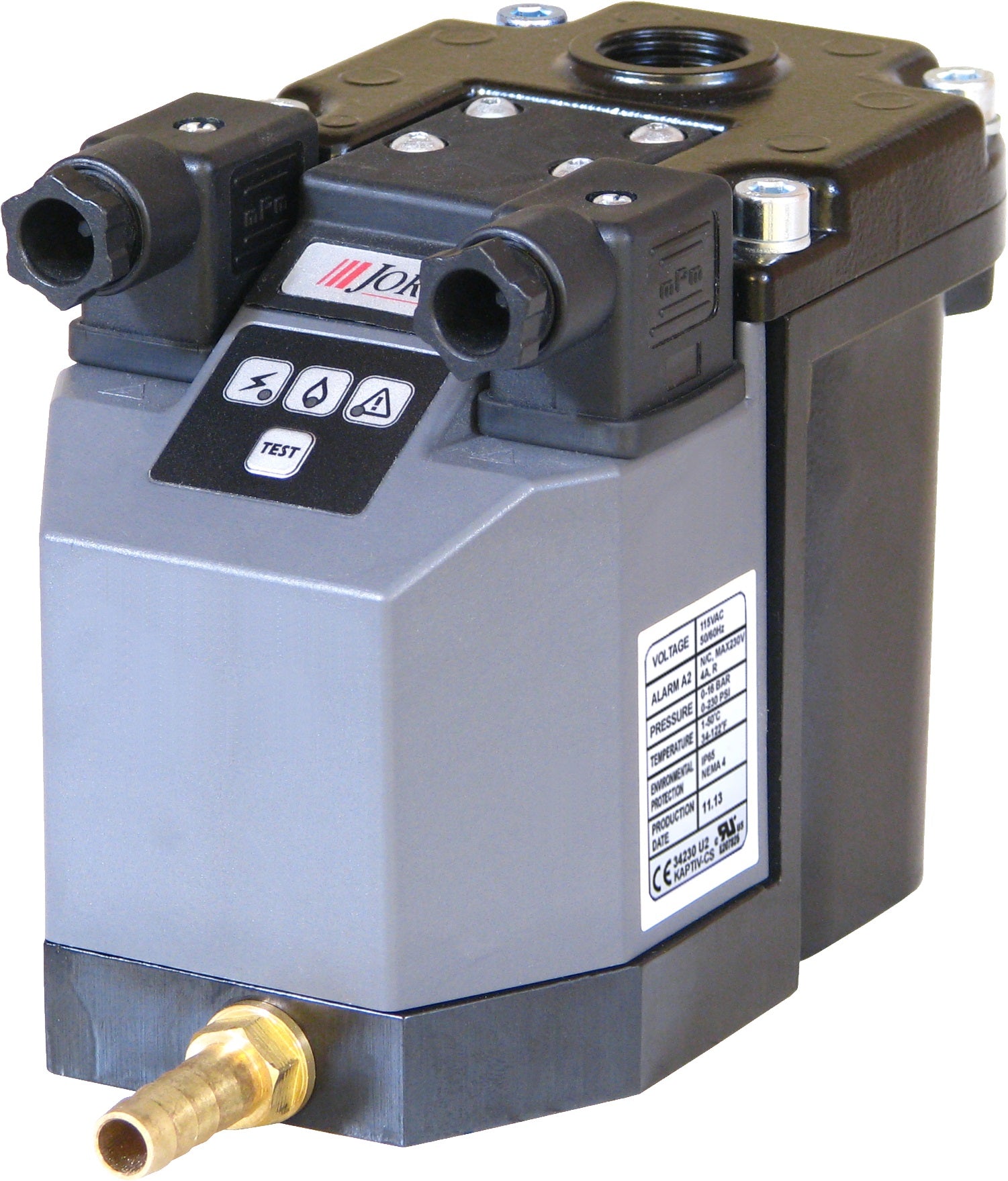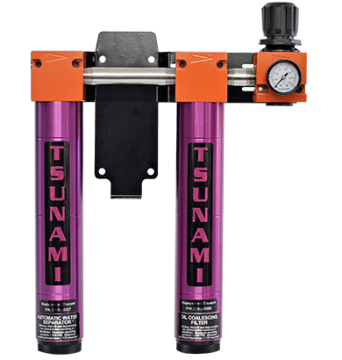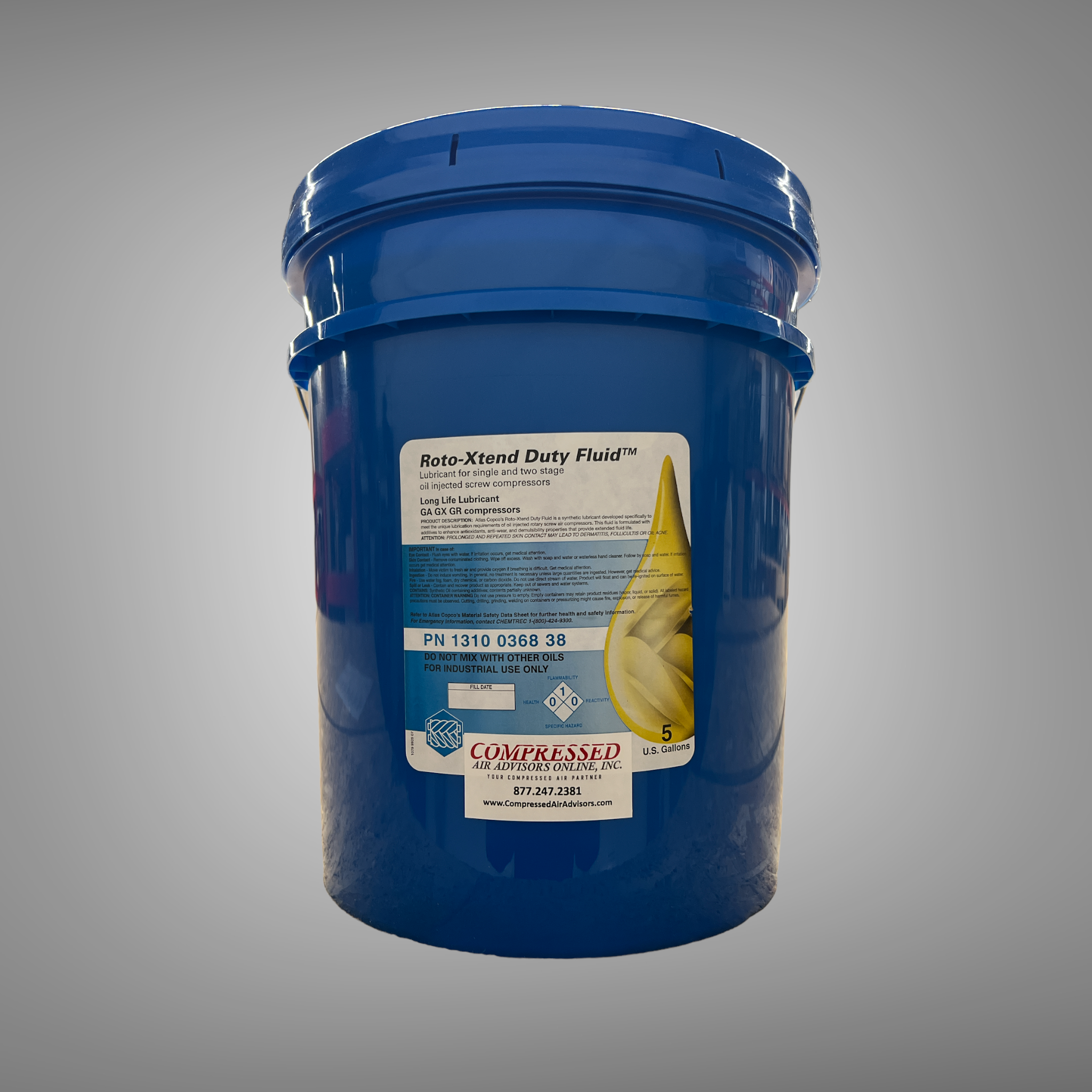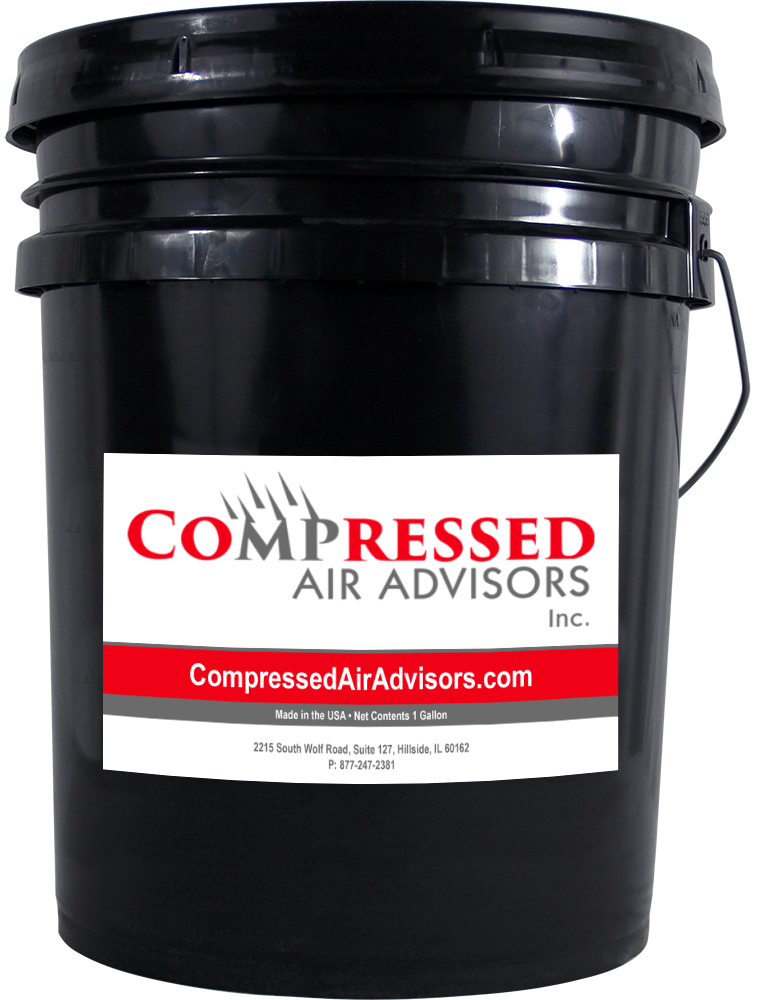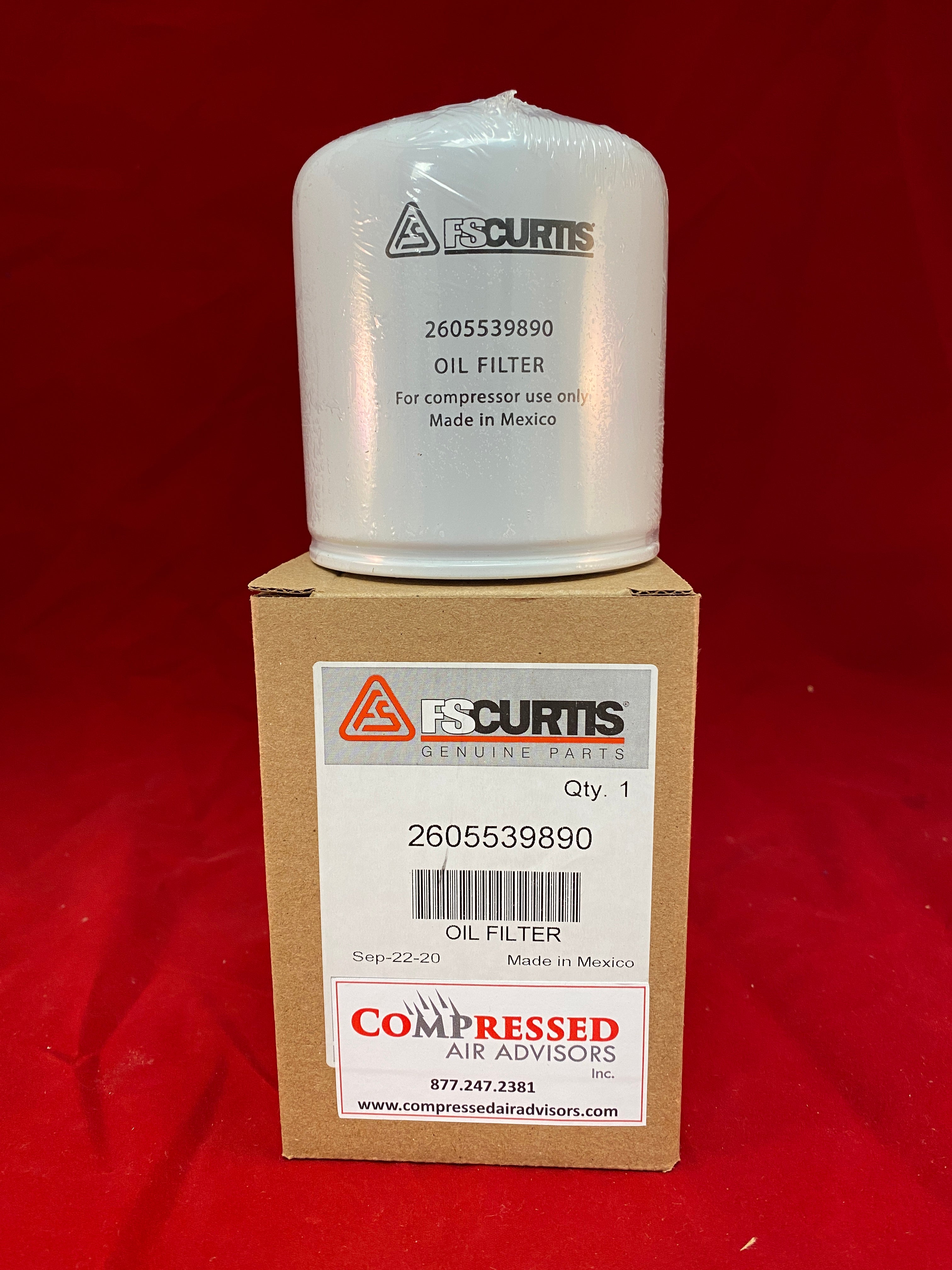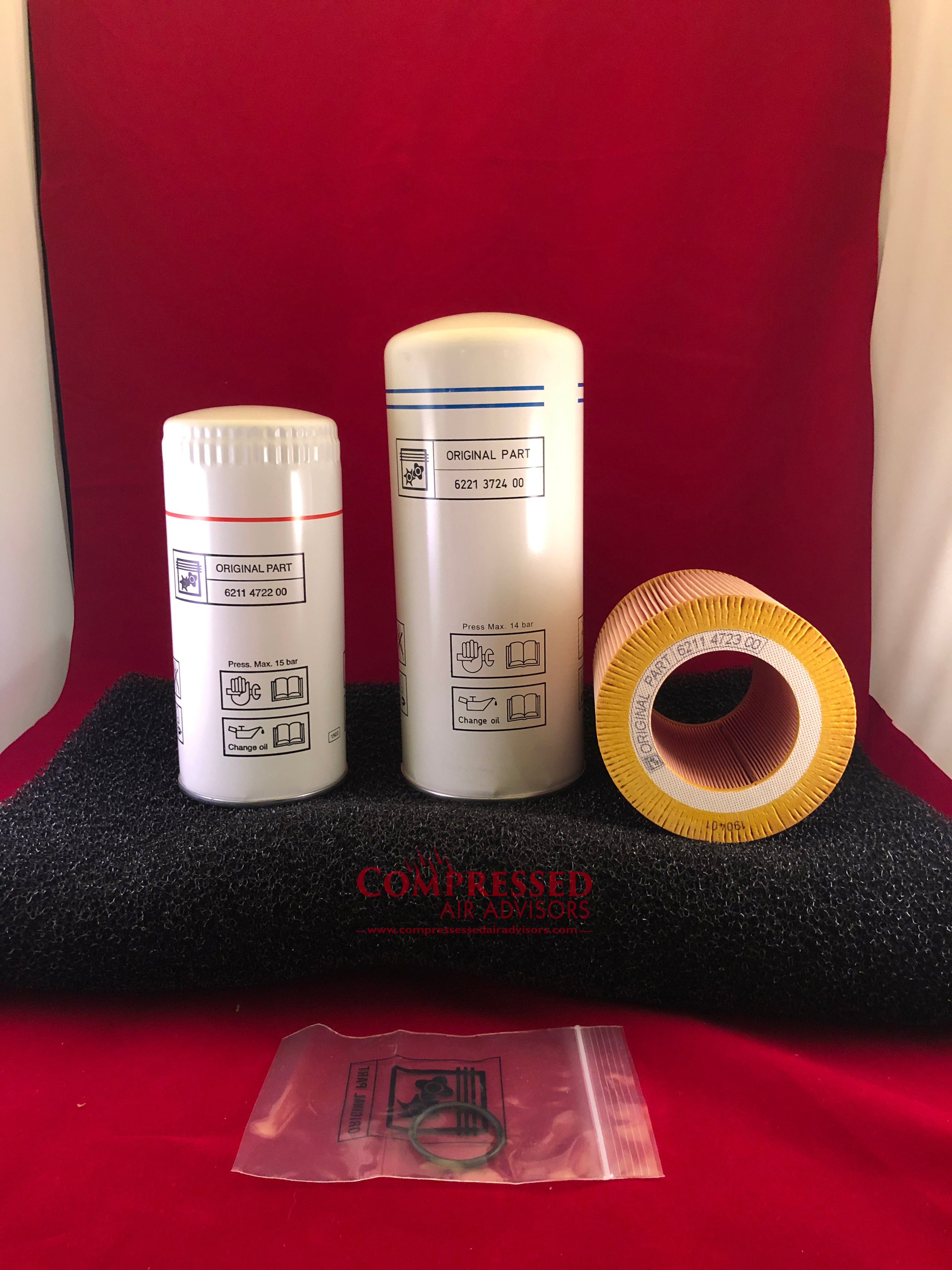MON-FRI, 8AM - 5PM CST

HOW TO CHOOSE THE RIGHT AIR COMPRESSOR FOR AUTOMOTIVE APPLICATIONS PART 1
3 Basic Questions to Ask
Choosing an air compressor can certainly be a challenge, especially if you don’t have all the necessary information, or are unfamiliar with the questions that you even need to ask. Air compressors are used in a wide range of applications, and power a wide range of tools and equipment. And the size and type of air compressor used will depend on the particular needs of the application, but the questions to ask to arrive at the right choice of air compressor are generally the same.
Today, we will focus on the automotive service industry, specifically auto repair and auto body shops and facilities, and provide you with some simple, useful advice and tools to help you make the right decision in sizing and selecting a suitable air compressor for your particular needs.
Vehicle service, repair and auto body shops typically rely on 5 to 30 HP air compressors with 80 to 240 gallon air receivers that power an automotive shop’s pneumatic tools and equipment. Piston air compressors, otherwise known as reciprocating air compressors are also still the most common type in the automotive service industry, although this is quickly changing due to the increased benefits and reduced costs of rotary screw air compressor technology.
Let’s look at our agenda, in part 1 we are going to cover 3 basic, but essential questions you need to ask in order to help properly size an air compressor, and then in part 2 we’ll cover 3 additional questions you need to ask in order to properly select an appropriate type of air compressor for your particular application, whether it be a piston or rotary screw air compressor. We will highlight the most common mistakes that are made in sizing & selecting an air compressor and provide a few useful ‘rules-of-thumb’ that will help guide you in making the right choice.
Let’s look at the 3 critical questions you need to ask in order to properly size an air compressor:
- How much compressed air do you need?
- What pressure do you need?
- What kind of electrical power do you have available on site?
Note: This post serves as an introduction to and overview of how to choose an appropriate air compressor for your application. Please use this information as a general guide. To ensure you design your compressed air system appropriately, please get in touch with our compressed air advisors. 877.247.2381 or email at info@compressedairadvisors.com


Question 1:
How much air do you need?
So let’s start with how to properly size an auto shop air compressor. The first essential question to ask is how much compressed air is needed to service the demands of your auto repair or auto body shop?
What volume of compressed air delivery is needed to keep everyone working smoothly, without interruption? This isn’t an exact science, since activity in a shop is always changing. What we’re trying to achieve at this point is a good estimate, allowing for some fluctuations in demand, up and down.
What you need to know is compressed air delivery is measured in SCFM, or standard cubic feet per minute. SCFM is a standardized measure of the volumetric flow of compressed air. Every pneumatic tool and piece of equipment has an SCFM requirement & every air compressor has a maximum SCFM output.
In order to correctly calculate the actual air requirements, or the ‘rate of flow’ for anticipated compressed air end-uses, it’s necessary to identify every pneumatic tool and equipment in your auto repair or auto body shop, and add up their SCFM requirements.
All of your compressed air tools and equipment should specify their compressed air consumption under load in SCFM. If these numbers aren’t listed on the tools and equipment themselves, they can typically be found in the manufacturer’s product manual or on their website.


The Importance of Determining Use-Factor
Let’s highlight a common mistake here. Just because a pneumatic tool specifies that it uses, for example, 40 SCFM of compressed air, it doesn’t necessarily mean that it uses 40 SCFM all of the time. Most of the compressed air tools and equipment in a shop are not in use all of the time, all day long.
This is where the concept of use-factor comes into play, the amount of time a pneumatic tool or equipment is actually used versus the time that it is not. There are pneumatic tools that are used some of the time, intermittently, and there are pneumatic tools that are used for longer periods of time, or continuously.
Again, this exercise isn’t an exact science, and there isn’t one perfect answer, but a useful technique that simplifies the process of determining your compressed air requirements for a given application is to identify all the uses of compressed air, and group them into either intermittent-use or continuous use.

For example, it’s safe to assume that one mechanic uses only one tool at a time, and generally does not pull the trigger all day long. A ½” impact wrench for changing tires would probably be used intermittently, and used for only some of the time during the day. This tool would be grouped in the intermittent-use category.
Other than general mechanic work, there are some activities that are particularly heavy users of compressed air, such as sand-blasting, grinding, and other auto body shop activities, such as spray painting. These activities use pneumatic tools that consume a lot more compressed air, and are also used for longer periods of time, or continuously. These types of tools would be grouped in the continuous-use category.
Let’s look at some examples to help us begin to understand how to estimate a shop’s compressed air demand, as well as illustrate the differences between intermittent and continuous-use. After this brief exercise we will also provide a general rule of thumb that will help you estimate an average auto repair shop’s compressed air demand if you are lacking detailed information.
EXAMPLE 1
Auto Repair Shop
Our first example is a general auto repair shop with two bays, as well as three technicians. Let’s assume there are 2 auto lifts, a tire changer and buffer, as well as 2 impacts guns that could be used simultaneously.
All of these compressed air tools are typically used only some of the time during the day, and for relatively short periods of time. They can be categorized as intermittent-use. Using some intuition, we’ll estimate an average use-factor of 15%. You can think of this as either the tools are being used 15% of the time during the day, or for 10 minutes of every hour, or for 10 seconds out of every minute...
Adding all these tools and equipment together, taking in consideration their use-factor, or the proportion of time the tool is on versus off, results in an average compressed air demand of approximately 15 SCFM.
So, the ½” impact wrench that we first mentioned when talking about use-factor, which consumes 40 SCFM at its peak-use actually consumes only 6 SCFM based on a 15% use-factor.
General Rule of Thumb
A rule of thumb may also be used to provide a rough estimate of the compressed air requirements if these details aren’t available:
In a typical auto repair shop, each technician usually uses around 5 SCFM. So, if there are 2 bays with 3 technicians working at the same time, a rough estimate of the total compressed air consumption would be around 15 SCFM.
1 Technician = 5 SCFM

EXAMPLE 2
Collision Repair Shop
Let’s look at another example. A typical collision repair facility may have the following pneumatic tools and equipment: A spray paint booth, an HVLP spray paint gun, a prep station with a sander and spot blower, as well as a paint mixing room. The sander, grinder, and spray paint gun are generally used for extended periods of time and consume a considerable amount of compressed air. They are categorized as continuous-use.
Adding all these tools and equipment together, taking in consideration their use-factor, results in an average compressed air demand of approximately 51 SCFM, or 99 SCFM if the automotive air compressor is supplying compressed air for the blowers in the spray paint booth.
Question 2:
What Pressure Do You Need?
Now that we’ve estimated how much compressed air is needed, we need to know what pressure is needed. Pressure is measured in PSI, or pounds per square inch. Working pressure is the pressure to which your air system is set.
Working pressure is determined by the specifications of the compressed air equipment and tools used. Different types of equipment and tools typically demand different operating pressures. Normally, the tool or equipment with the highest operating pressure determines the needed working pressure for the entire system, and other equipment and tools are fitted with pressure reducing valves or “regulators” at the point of use.
So take a look at the specs for the various compressed air tools and equipment you have, and whichever has the highest operating pressure basically sets the pressure required for the entire system.
Pressure Loss
We also need to account for pressure losses, or pressure drops that occur in the system. Pressure drop is a reduction in air pressure from the air compressor discharge to the actual point-of-use. It represents the energy lost as the air travels from the compressor to the point of use.
Pressure drop occurs as compressed air travels through the compressed air treatment and distribution system. Each additional component in a compressed air system, such as air piping, air dryers and air filters contribute to pressure drop. Pressure drop could range from 5 PSI for a good large diameter aluminum air pipe system to 20 to 30 psi, or even worse, for a poor, small diameter iron air pipe system.
Pressure drop occurs as compressed air travels through the compressed air treatment and distribution system. Each additional component in a compressed air system, such as air piping, air dryers and air filters contribute to pressure drop. Pressure drop could range from 5 PSI for a good large diameter aluminum air pipe system to 20 to 30 psi, or even worse, for a poor, small diameter iron air pipe system.
Helpful Hint
Let’s highlight another common, and unfortunately costly mistake. Contrary to popular practice, you don’t really want to run your compressed air lines at a higher pressure than what is really needed. Compressing air takes a considerable amount of energy, and the higher the pressure, the more energy is used, the more heat the air compressor generates, and the more wear-and-tear the air compressor bears. So it’s important to keep your working pressure as low as possible.
Air System Design Recommendation
Here’s another helpful hint...Make sure you have a good air pipe system that can reduce pressure losses and take a lot of the unnecessary work off of your air compressor. What’s a good air pipe system? One that has a large diameter air pipe. The larger the diameter of air pipe the better. How the air pipe system is designed is equally important. A full loop system around the shop versus a single line that ‘dead ends’ makes a big difference, giving you potentially twice the air capacity.
Invest in good quality quick connects that have a large opening and good, large diameter air hoses. This is where a little extra money spent will make a huge difference.
Dead-End Air Pipe Design Not Recommended in Any Application

Looped Air Pipe Design Recommended for All Applications

Question 3:
Now let’s look at the 3rd and final question.
What Electrical Do You Need?on to help us properly size an air compressor...What kind of electrical power do you have available onsite? An air compressor is typically the biggest energy consumer in your shop and usually contributes the most to your electricity bill.
The size of air compressor that you can get is often limited by the type and amount of electrical power that you have available on site. The first thing you need to do is determine whether you have three phase power or single phase power available to you, what the maximum electrical service available to you is in terms of amps, and also what voltage is available on site.
Note: All of this information should be verified by a certified electrician. You don’t want to make a mistake here, a lack of accuracy could be very costly. This highlights another common mistake: It’s extremely important that the air compressor matches the electrical service that is available on site.
The Importance of Choosing the Correct Electrical Configuration
Let’s illustrate the importance of this with an example, if you only have single-phase power available on site, you will typically be limited to a 5 to 7.5 horsepower air compressor, or in the case of our revolutionary Huron B10 rotary screw air compressor, a 10 horsepower air compressor.
To give you an understanding of the electrical power that is required, a standard air compressor will draw current approximately 7 times its full load amps on start-up. This means that when the air compressor first starts-up, it requires 7 times the electrical current it takes to run normally.
For example, a 5 horsepower air compressor on single-phase will need more than 100 amps of current available when it starts-up and a 7.5 horsepower air compressor needs more than 200 amps of electrical current to start-up.
This is the primary reason why it’s important to ensure the maximum electrical service on site is enough to supply the air compressor’s current draw on start-up
In the case of the Huron B10 rotary screw air compressor however, it’s variable speed drive starts the motor gradually with an extremely low maximum 55 amp draw, eliminating current spikes on start-up, allowing installation of a 10 horsepower air compressor in locations where it was previously uneconomical or even impossible to install.
Review
So now we’ve covered the 3 critical questions that give us an understanding of what sizeof air compressor is required:
How much air do you need?
What pressure is required?
What electrical is available?
This gives us a good understanding of the approximate compressed air delivery required in SCFM, the size of the air compressor in horsepower, the required system pressure in PSI, and the necessary electrical service needed to meet these demands for your application.
This concludes Part 1 - How to Size an Air Compressor for Automotive Applications. In Part 2 we will talk about how to choose the appropriate type of air compressor for your automotive applications (reciprocating versus rotary screw).
By Bogusz SzurKowski - DV Systems



